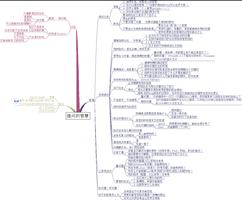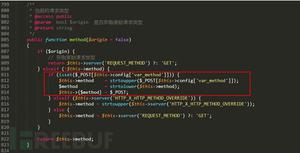python如何建立venv虚拟环境

创建虚拟环境
在当前目录创建虚拟环境:
$ python -m venv .1
下面是”venv”的详细使用参数:
usage: venv [-h] [--system-site-packages] [--symlinks] [--clear][--upgrade] [--without-pip] ENV_DIR [ENV_DIR ...]
Creates virtual Python environments in one or more target directories.
positional arguments:
ENV_DIR A directory to create the environment in.
optional arguments:
-h, --help show this help message and exit
--system-site-packages Give access to the global site-packages dir to the
virtual environment.
--symlinks Try to use symlinks rather than copies, when symlinks
are not the default for the platform.
--copies Try to use copies rather than symlinks, even when
symlinks are the default for the platform.
--clear Delete the environment directory if it already exists.
If not specified and the directory exists, an error is
raised.
--upgrade Upgrade the environment directory to use this version
of Python, assuming Python has been upgraded in-place.
--without-pip Skips installing or upgrading pip in the virtual
environment (pip is bootstrapped by default)
激活虚拟环境
在Posix标准平台下:
$ source <venv>/bin/activate
在Windows cmd下:
C:> <venv>/Scripts/activate.bat
在Windows PowerShell下:
PS C:> <venv>/Scripts/Activate.ps1
测试虚拟环境
激活虚拟环境后,在命令行会提示当前虚拟环境的名称,就表示激活成功了。
在当前虚拟环境中安装numpy:
$ pip install numpy
当前安装的numpy包与系统中的不会冲突,下面进行测试:
$ python>>> import numpy
>>> print(numpy)
如果输出了numpy的包路径就表示一切正常。
官方文档参考
https://docs.python.org/3/library/venv.html
更多Python文章,请关注。
以上是 python如何建立venv虚拟环境 的全部内容, 来源链接: utcz.com/z/528489.html






